40 allergens required on food labels
Allergen labelling for food manufacturers - Food Standards … Sep 08, 2022 · Free from food are special ranges of foods made without allergens. If a label states that your product is 'free-from milk' or, 'peanut free', it has to be based on specific and rigorous controls. These controls need to ensure that the final product is completely free of the particular allergen. › business-guidance › allergen-labellingAllergen labelling for food manufacturers Sep 08, 2022 · Free from food are special ranges of foods made without allergens. If a label states that your product is 'free-from milk' or, 'peanut free', it has to be based on specific and rigorous controls. These controls need to ensure that the final product is completely free of the particular allergen.
Food Allergen Labelling - Canada.ca The Food and Drug Regulations require that most prepackaged foods carry a label and that the ingredients appear on labels in decreasing order of proportion. However, some ingredients used in food products which were previously exempt from declaration in the list of ingredients, (e.g., components of margarine, seasoning and flour) will now be required to appear on food labels also.
Allergens required on food labels
Understanding the FDA Food Allergen Labeling Requirements - enKo Products Are We Required to List Allergens on Our Food Labels? Yes, manufacturers need to declare the presence of allergens in their product if it has any. It is required by law under the Food Allergen Labeling and Consumer Protection Act, which is simply known as "FALCPA." Food allergies occur when some types of food trigger an immune reaction. How to Read a Food Label - FoodAllergy.org Starting Jan. 1, 2023, allergen labeling of sesame will be required under the Food Allergy Safety, Treatment, Education and Research (FASTER) Act of 2021. Ingredients and manufacturing processes can change without warning. Make a habit of carefully reading labels to ensure you avoid any potential allergens. "May Contain" Statements EOF
Allergens required on food labels. Food Labels: Read It Before You Eat It! - American Academy of Allergy ... Ingredients of these most common eight allergens must be labeled with clearly recognized English names of the food source as listed above. The "contains" statement is "voluntary", but if used, must include ALL of the allergenic ingredients from the list of eight allergenic sources as described in item 14 of the 2006 guidance document. Food, genetically modified - World Health Organization May 01, 2014 · Generally consumers consider that conventional foods (that have an established record of safe consumption over the history) are safe. Whenever novel varieties of organisms for food use are developed using the traditional breeding methods that had existed before the introduction of gene technology, some of the characteristics of organisms may be altered, … List of ingredients and allergens on food labels - Canadian Food ... It is not required to declare food allergens or gluten that is present in a prepackaged product as a result of cross-contamination [B.01.010.1(3), FDR]. The Food and Drug Regulations (FDR) specify the manner in which ingredients and components must be declared, including grouping sugars-based ingredients , common names , and declaring food ... › food-shopping › food-labelsFood labels - Coeliac UK This new law will change the way food businesses provide allergen labelling for prepacked food, such as a prepacked sandwich sold in a coffee shop. All prepacked for direct sale (PPDS) products will be required to have a label with an ingredients list and the allergens contained emphasised on the list.
› item › food-genetically-modifiedFood, genetically modified - World Health Organization May 01, 2014 · Generally consumers consider that conventional foods (that have an established record of safe consumption over the history) are safe. Whenever novel varieties of organisms for food use are developed using the traditional breeding methods that had existed before the introduction of gene technology, some of the characteristics of organisms may be altered, either in a positive or a negative way. How to Make Sense of Allergy Warning Labels on Foods Although over a hundred different foods are known to cause allergies, these eight account for over 90% of cases of food allergies: 1. Cow's milk 2. Eggs 3. Fish 4. Shellfish 5. Tree nuts 6. Peanuts 7. Wheat 8. Soybeans All foods that the FDA regulates are required to identify these eight major food allergens. › common-allergens › peanutPeanut - FoodAllergy.org Peanut is one of the eight major allergens that must be listed in plain language on packaged foods sold in the U.S., as required by federal law, either within the ingredient list or in a separate “Contains” statement on the package. This makes it easy to see if peanut is present in a food item. › food › food-labeling-nutritionFood Allergies | FDA - U.S. Food and Drug Administration Jun 23, 2022 · People with food allergies should read labels and avoid the foods they are allergic to. The law requires that food labels identify the food source of all major food allergens used to make the food.
› regulatory-information › search-fdaGuidance for Industry: Questions and Answers Regarding Food ... The names of the food sources of the major food allergens declared on the food label must be the same as those specified in the FALCPA, except that the names of food sources may be expressed using ... Food Allergies | FDA - U.S. Food and Drug Administration Jun 23, 2022 · People with food allergies should read labels and avoid the foods they are allergic to. The law requires that food labels identify the food source of all major food allergens used to make the food. Conagra Brands, Inc., Recalls Frozen Beef Products Due to … Jul 30, 2022 · WASHINGTON, July 30, 2022 – Conagra Brands, Inc., a Russellville, Ark. establishment, is recalling approximately 119,581 pounds of frozen beef products due to misbranding and undeclared allergens, the U.S. Department of Agriculture’s Food Safety and Inspection Service (FSIS) announced today. The product contains egg, a known allergen, … Allergen labelling - Food Standards In February 2021, new plain English allergen labelling requirements were introduced for how certain foods known to be common allergens are declared. These changes will mean food allergen information is clearer and easier to find on food labels. Food businesses have three years to update their labels to meet the new requirements.
Guidance for Industry: Questions and Answers Regarding Food Allergens ... As originally enacted in 1938, section 403(i) of the Federal Food, Drug, and Cosmetic Act required that the label of a food that is fabricated from two or more ingredients declare each ingredient ...
Must allergens be declared on labels? - USDA Must allergens be declared on labels? Jul 17, 2019 Knowledge Article Yes. All food products containing two or more ingredients are required by federal regulations to bear an ingredients statement listing all ingredients by common or usual name in descending order of predominance.
Food labels - Coeliac UK This new law will change the way food businesses provide allergen labelling for prepacked food, such as a prepacked sandwich sold in a coffee shop. All prepacked for direct sale (PPDS) products will be required to have a label with an ingredients list and the allergens contained emphasised on the list.
Peanut - FoodAllergy.org Peanut is one of the eight major allergens that must be listed in plain language on packaged foods sold in the U.S., as required by federal law, either within the ingredient list or in a separate “Contains” statement on the package. ... Remember to read food labels and ask questions about ingredients before eating a food that you have not ...
› looking-at-labelsLooking at labels - British Nutrition Foundation From 1 October 2021, changes to allergen labelling requirements, also known as Natasha’s Law, came into force for food that is prepacked for direct sale (food which is packaged at the same place it is offered or sold to consumers and is in this packaging before it is ordered or selected, such as sandwiches, bakery products and fast food).
Looking at labels - British Nutrition Foundation Some food allergies are more common than others. However, there are 14 common allergens (the food or ingredient that can cause allergic reactions) which, ... Other information on food labels. As well as nutritional information, food labels also provide other information about foods and drinks. ... * signifies a required field;
Food Allergies | Food Safety and Inspection Service A food allergy is a potentially serious response to consuming certain foods or food additives. For those who are sensitive, a reaction can occur within minutes or hours, and symptoms can range from mild to life threatening. The eight leading causes of food allergies are milk, eggs, fish, shellfish, tree nuts, peanuts, wheat, and soybeans.
Allergen guidance for food businesses | Food Standards Agency 14 allergens. Food businesses need to tell customers if any food they provide contain any of the listed allergens as an ingredient. Consumers may be allergic or have intolerance to other ingredients, but only the 14 allergens are required to be declared as allergens by food law. ... included on ingredients labels and ingredients should be kept ...
Have Food Allergies? Read the Label | FDA milk egg fish, such as bass, flounder, or cod crustacean shellfish, such as crab, lobster, or shrimp tree nuts, such as almonds, pecans, or walnuts wheat peanuts soybeans The law requires that food...
Allergen Labeling Requirements — FDA Reader Packaged foods for sale in the US which were labeled after January 1st, 2006 must have an allergen statement. This includes single-ingredient packaged foods (i.e. canned tuna) Fresh fruits and vegetables do not require an allergen statement.
Food Allergen Labeling Law Requirements and Exceptions - Verywell Health Tree nuts (e.g., pecans and almonds) Peanuts Wheat, and Soybeans According to the FDA, these are the allergens that cause the most problems in the U.S. Foods that contain these allergens need to list them in the ingredients label on the package. In addition, manufacturers must use use the "common or usual name" of the allergen.
How To Read Food Labels For Allergens | Allergy Force In 2006, FALCPA (The Food Allergen Labeling and Consumer Protection Act of 2004) became effective and required all food labels in the U.S. to list ingredients that may cause allergic reactions. FALCPA is regulated by the FDA. While individual ingredients can obtain exemptions, the FDA cannot simply add a new major food allergen (MFA) to the ...
Allergen guidance for food businesses | Food Standards Agency 14 allergens. Food businesses need to tell customers if any food they provide contain any of the listed allergens as an ingredient. Consumers may be allergic or have intolerance to other ingredients, but only the 14 allergens are required to be declared as allergens by food law.
EOF
How to Read a Food Label - FoodAllergy.org Starting Jan. 1, 2023, allergen labeling of sesame will be required under the Food Allergy Safety, Treatment, Education and Research (FASTER) Act of 2021. Ingredients and manufacturing processes can change without warning. Make a habit of carefully reading labels to ensure you avoid any potential allergens. "May Contain" Statements
Understanding the FDA Food Allergen Labeling Requirements - enKo Products Are We Required to List Allergens on Our Food Labels? Yes, manufacturers need to declare the presence of allergens in their product if it has any. It is required by law under the Food Allergen Labeling and Consumer Protection Act, which is simply known as "FALCPA." Food allergies occur when some types of food trigger an immune reaction.
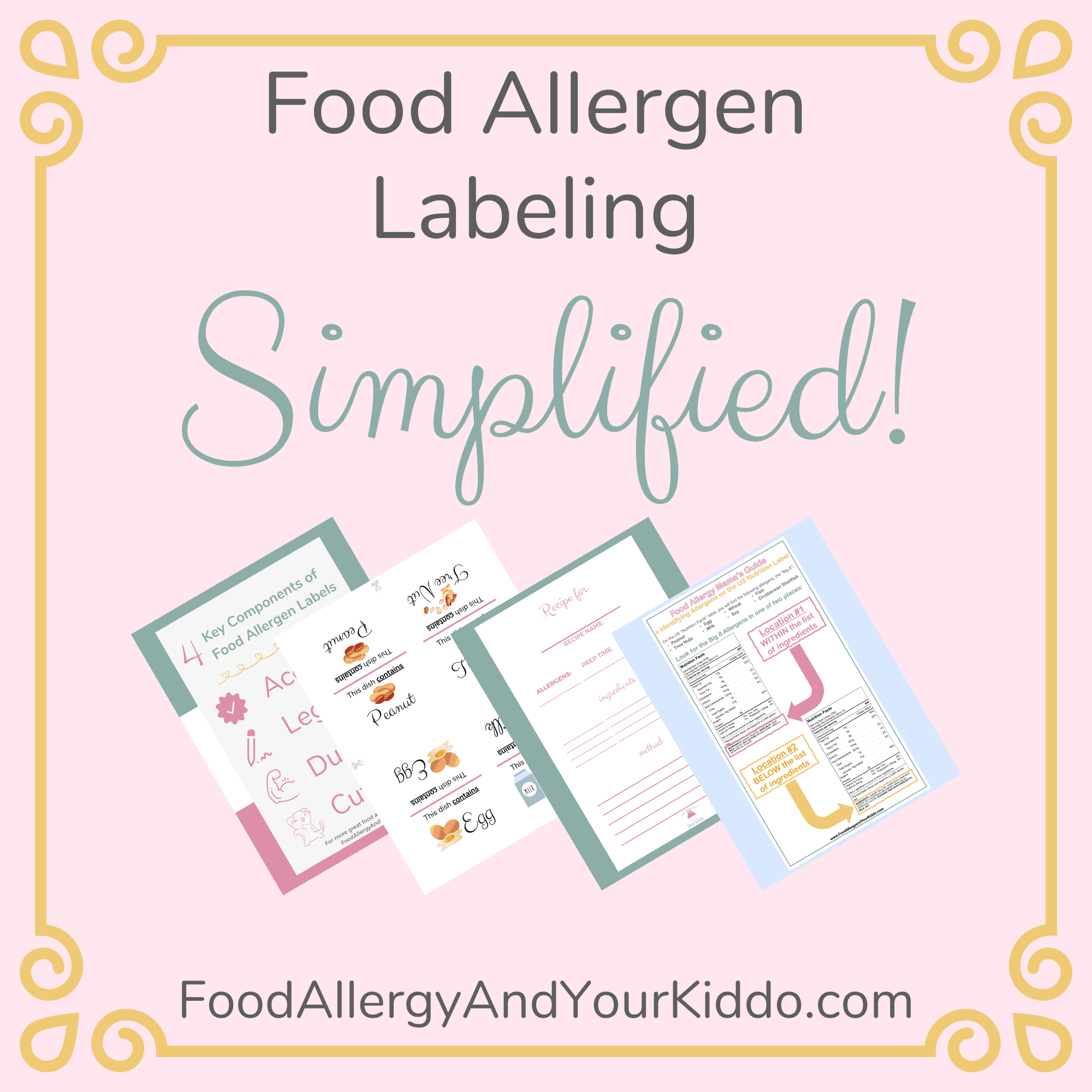
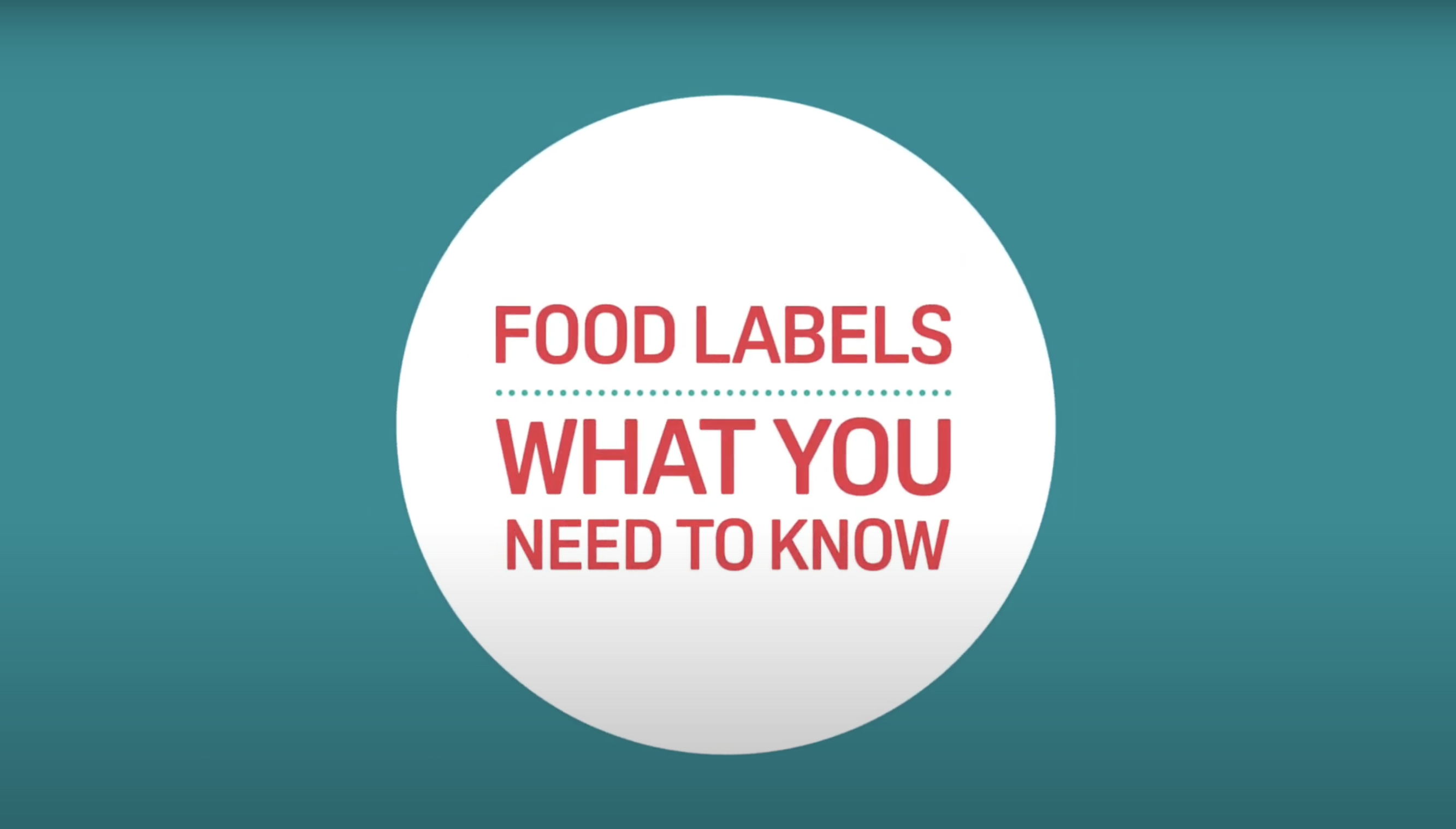
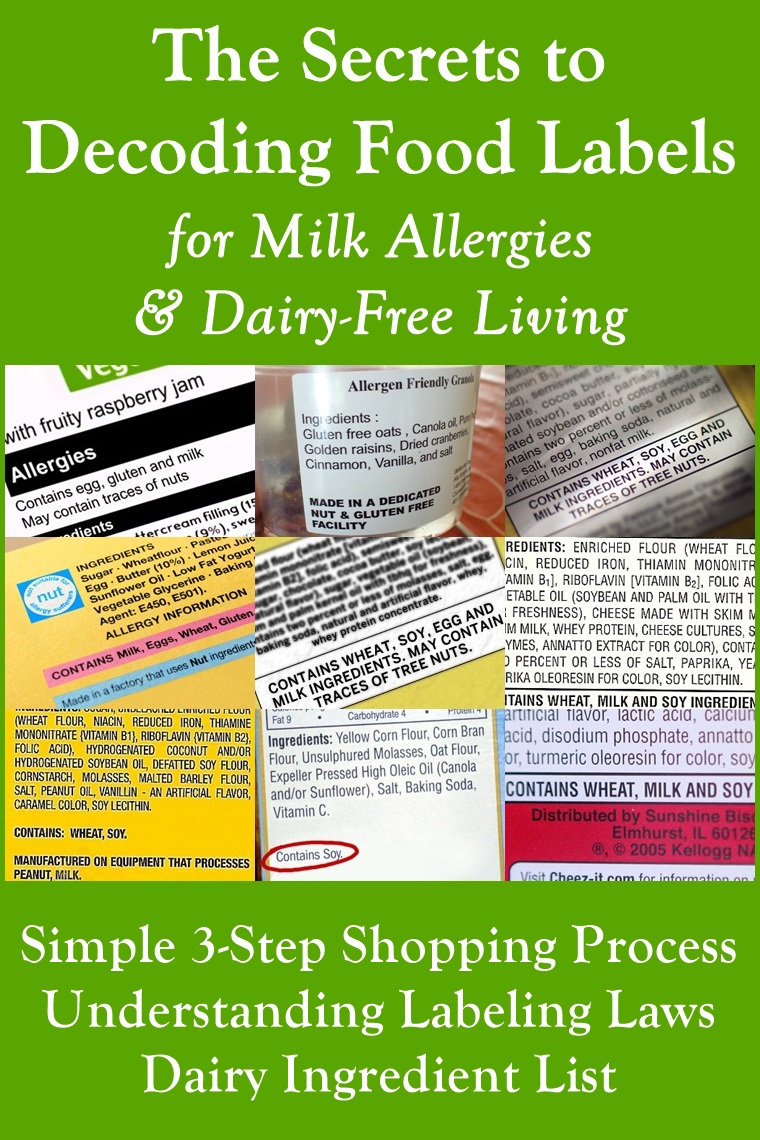

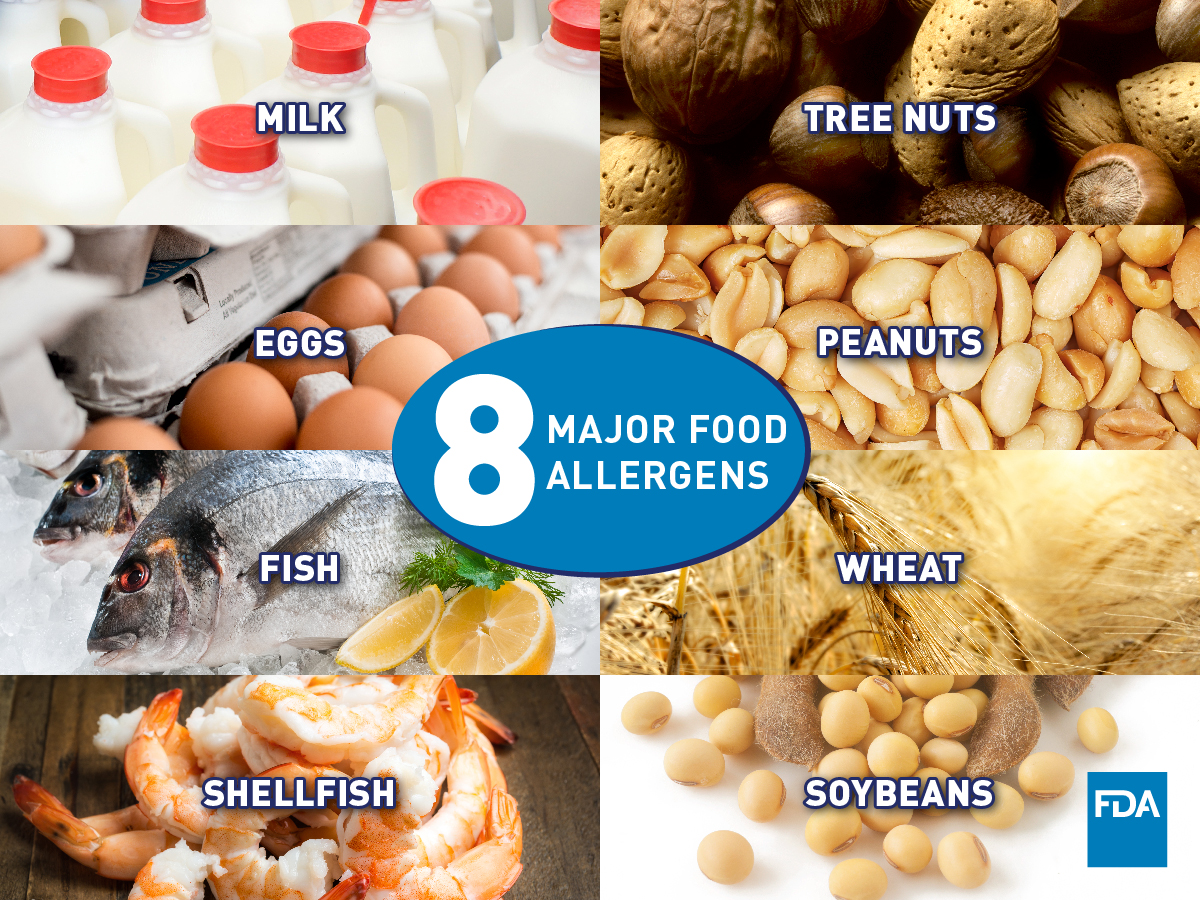
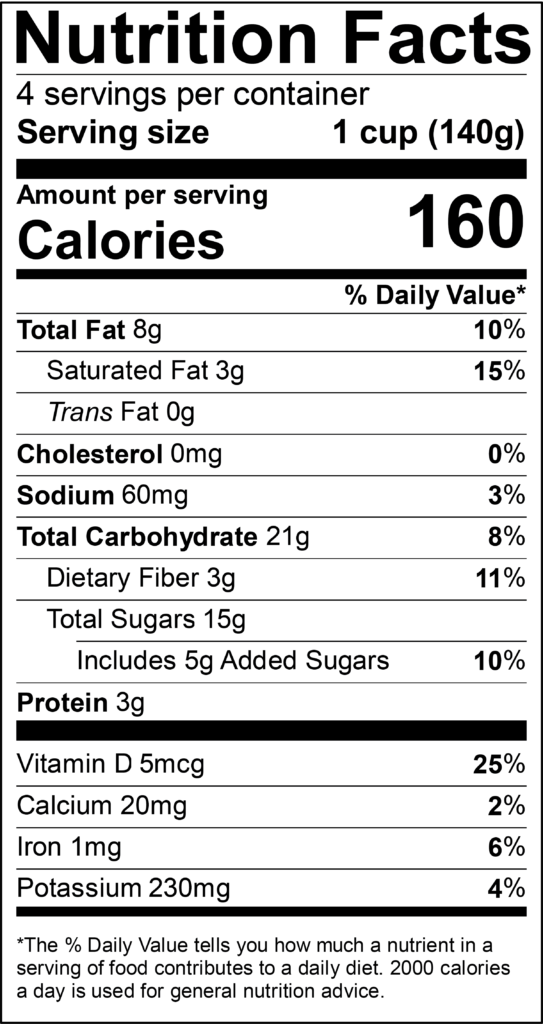
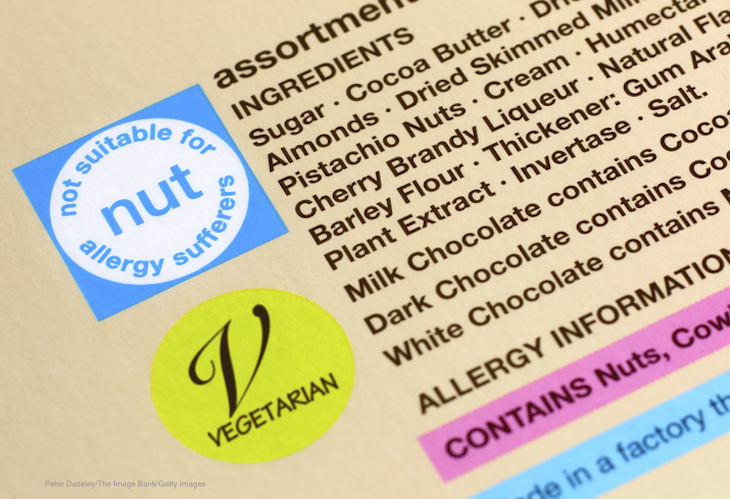
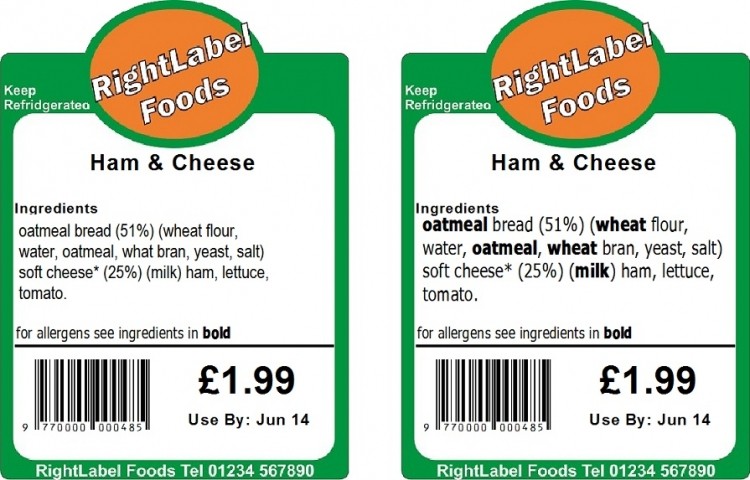
/GettyImages-98904622-5671b69a5f9b586a9e197e08.jpg)





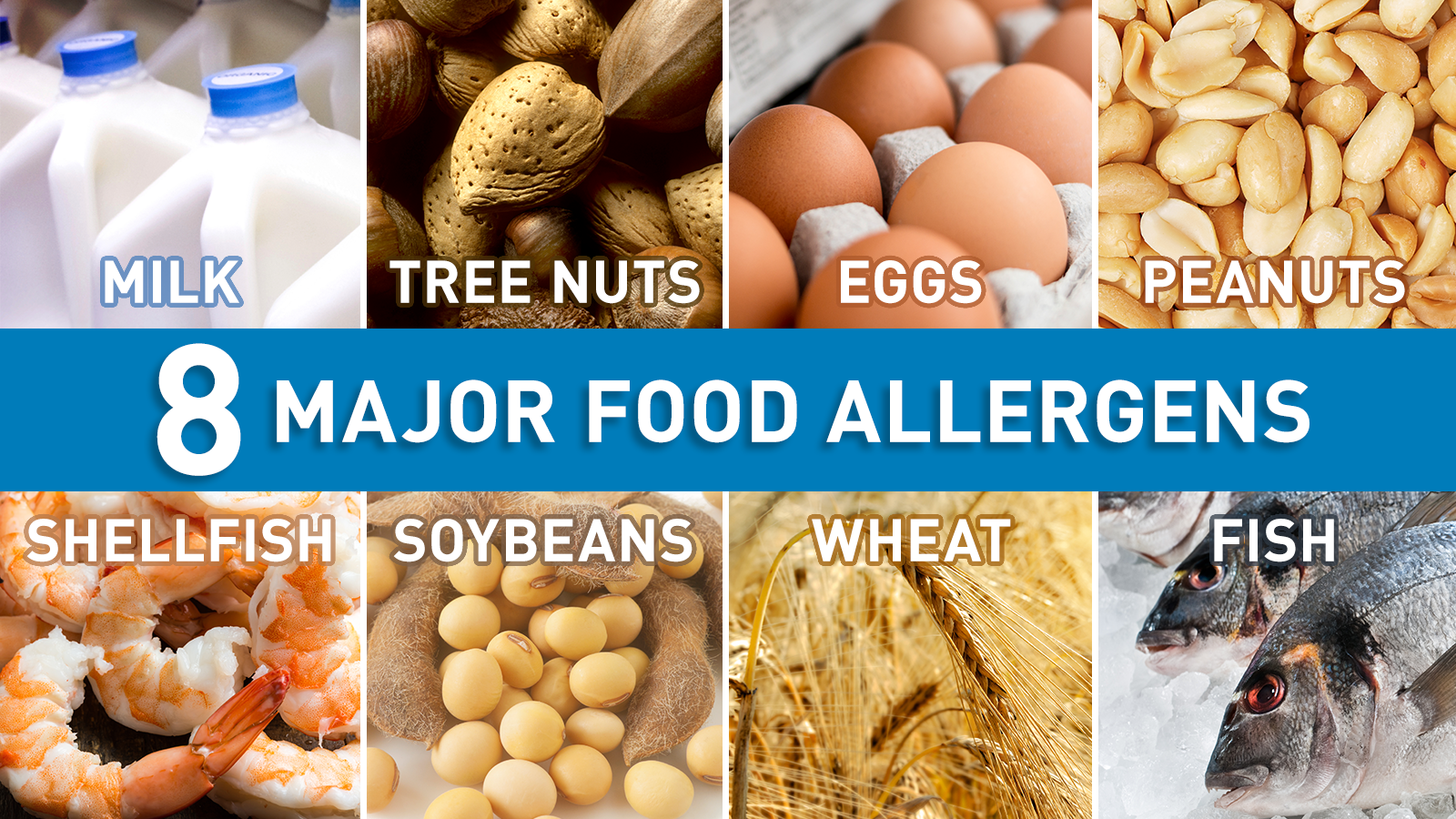

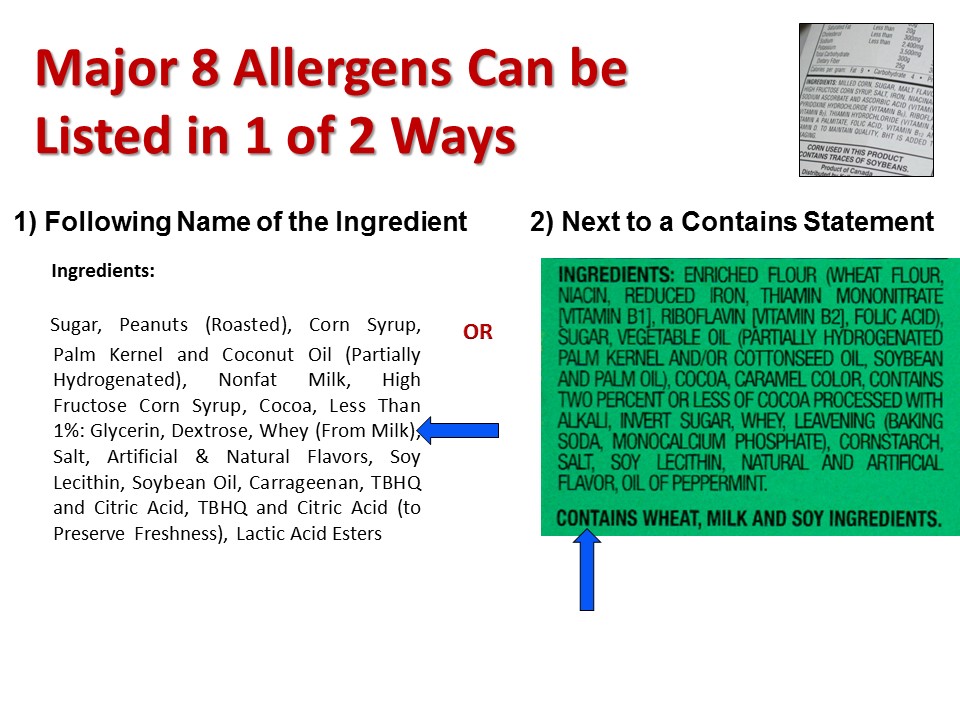
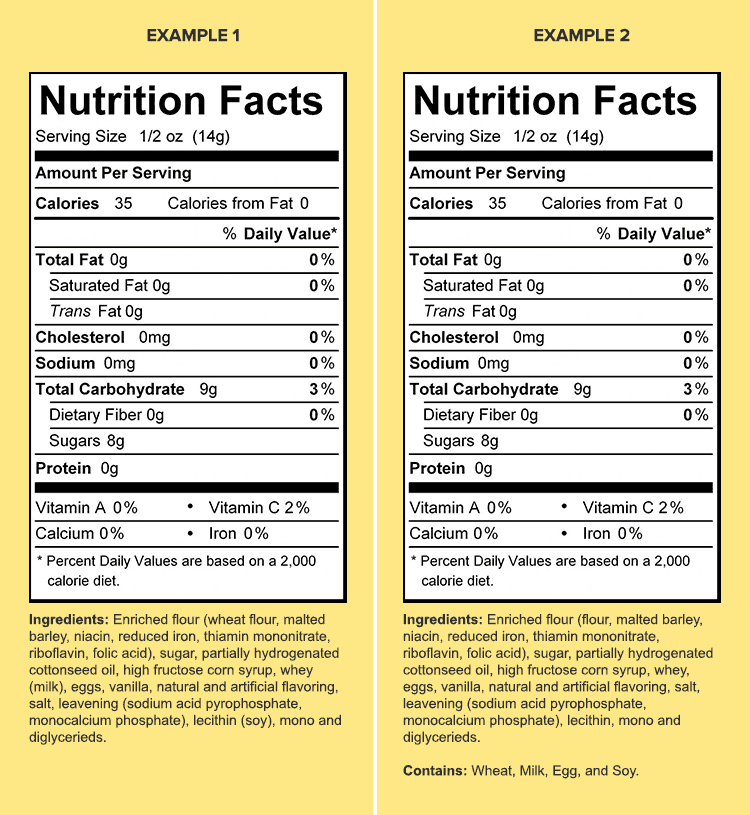
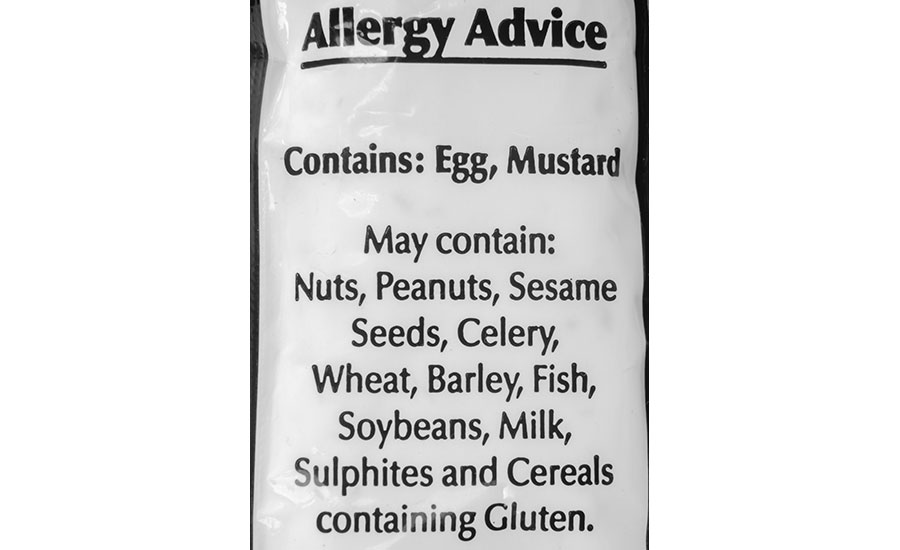
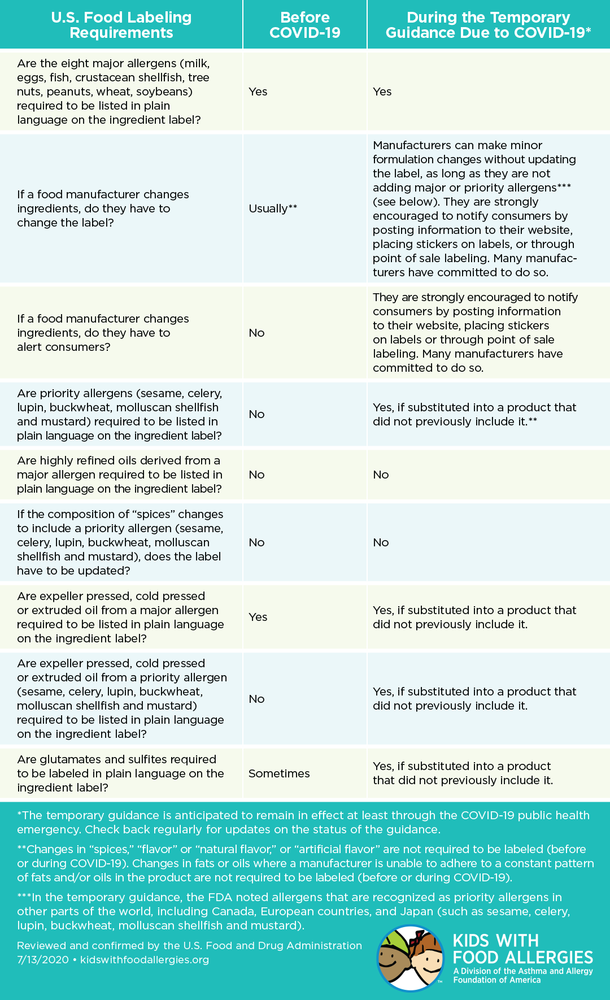
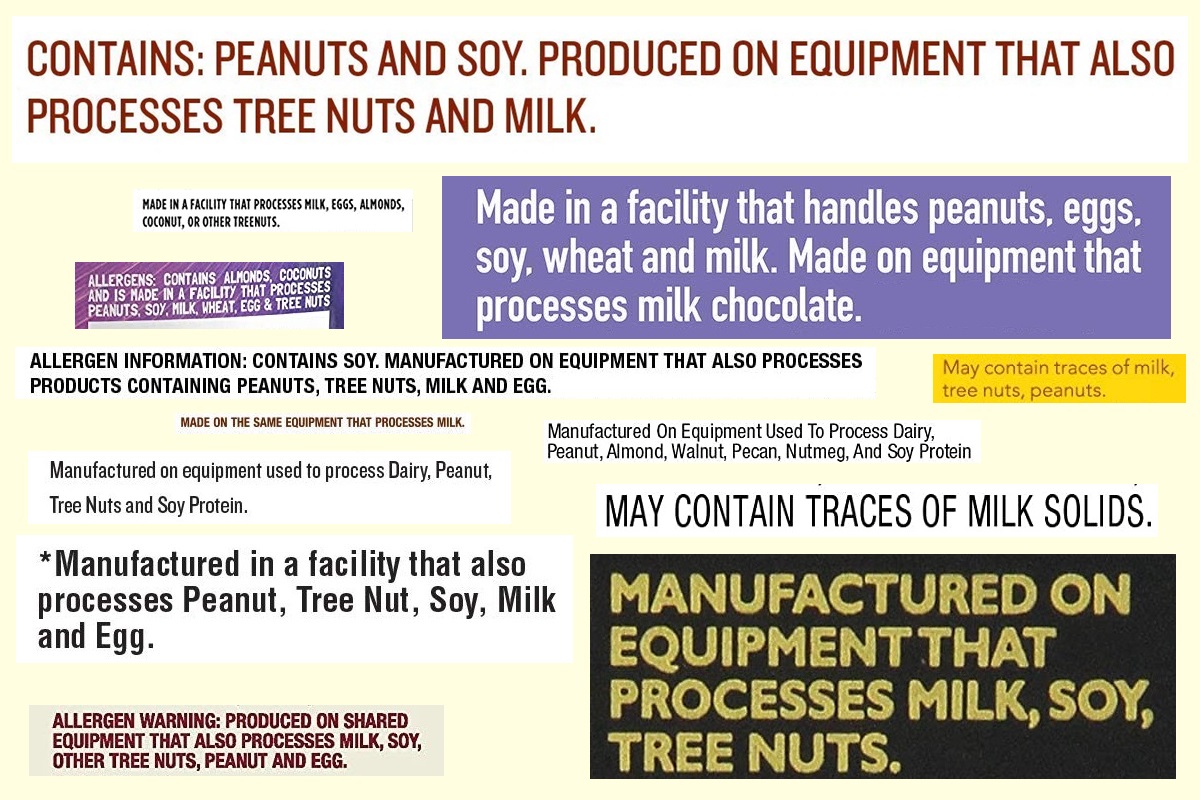

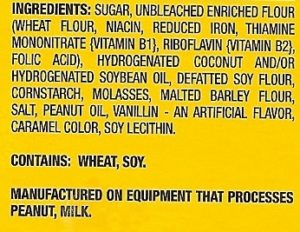
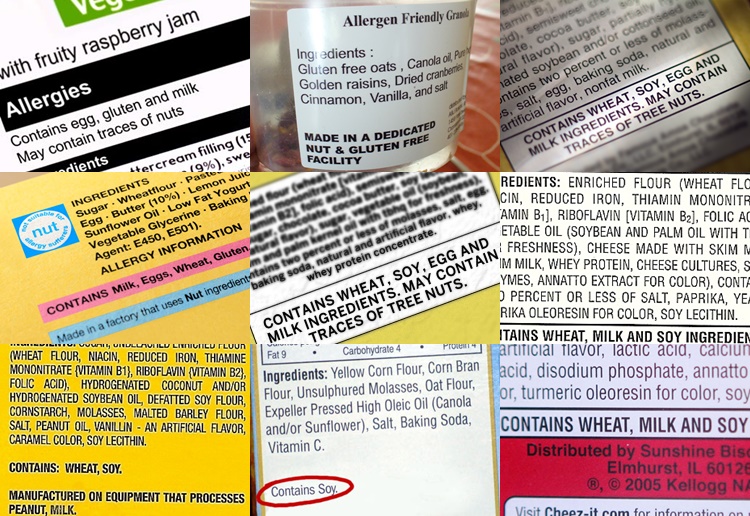
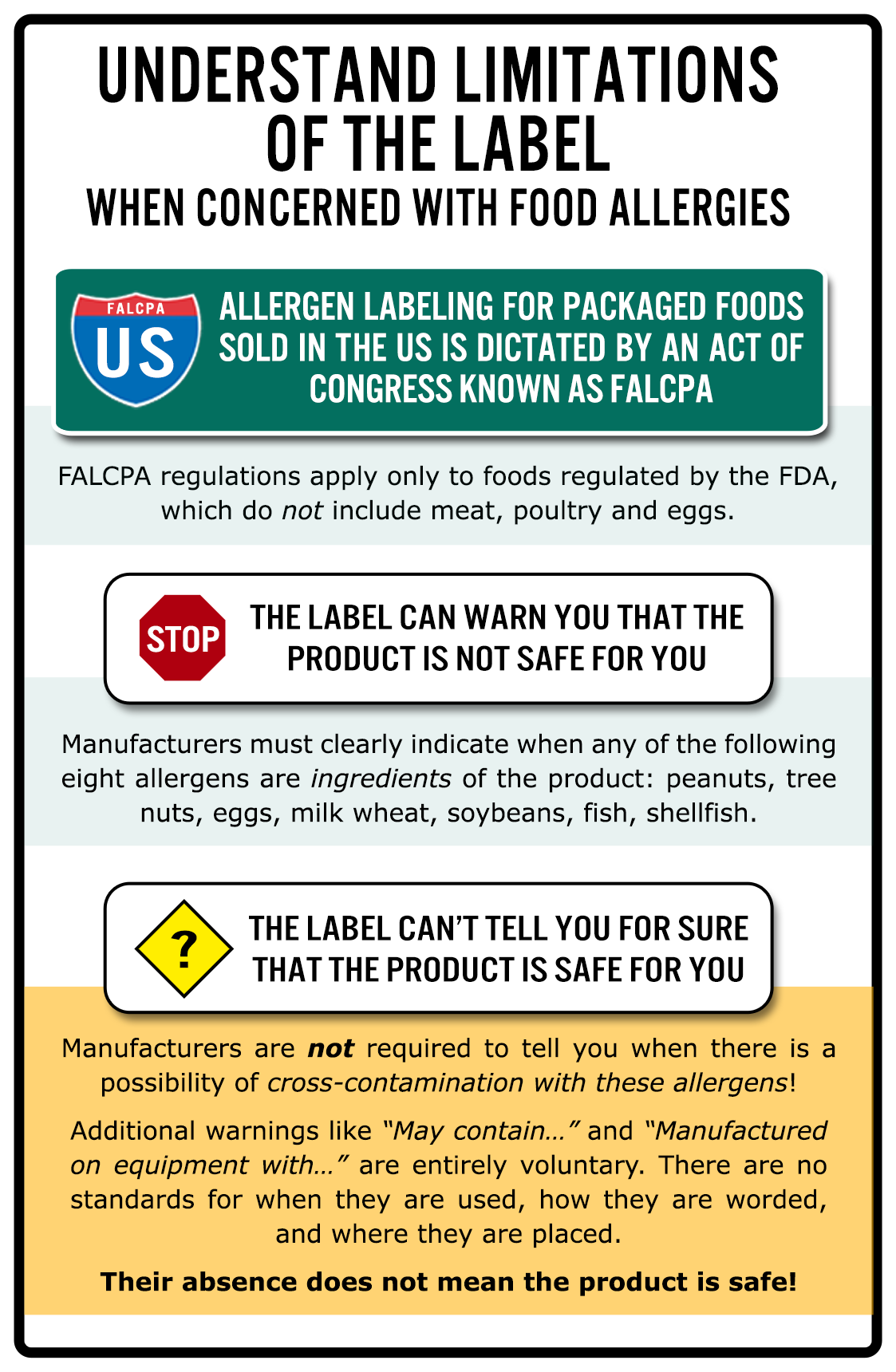
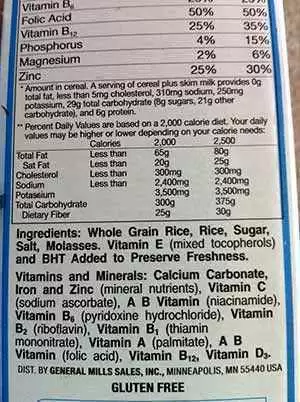



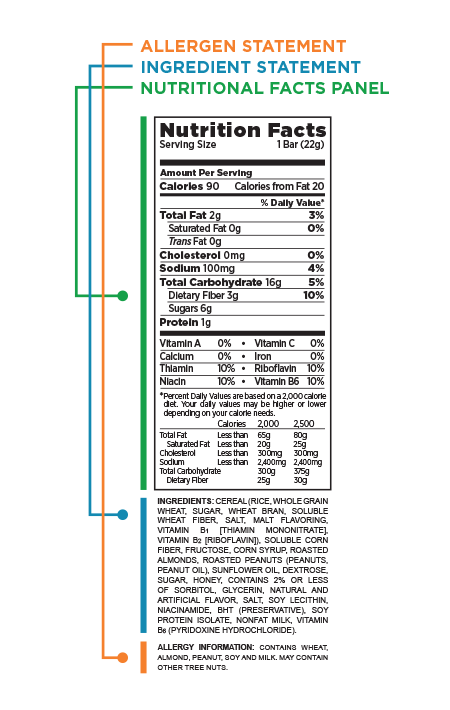
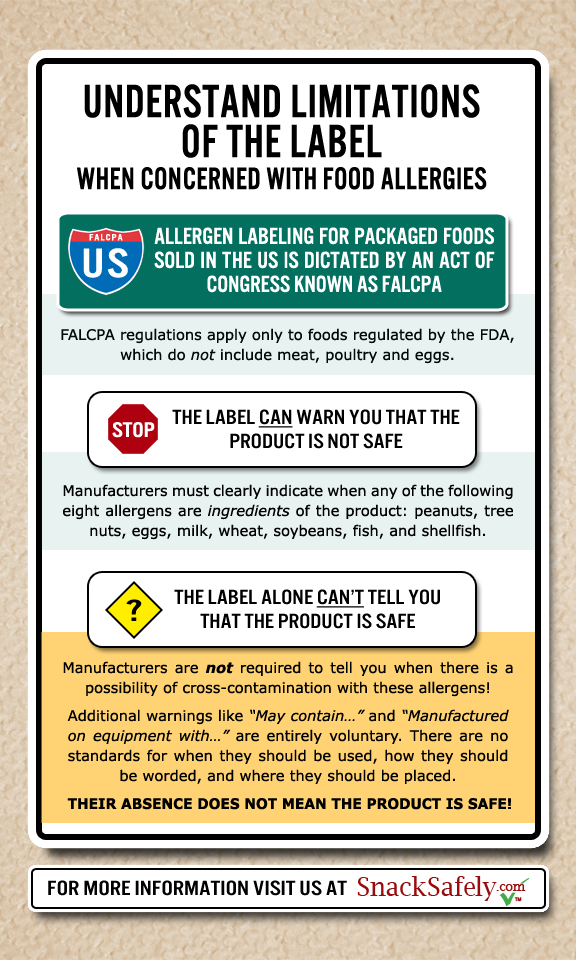
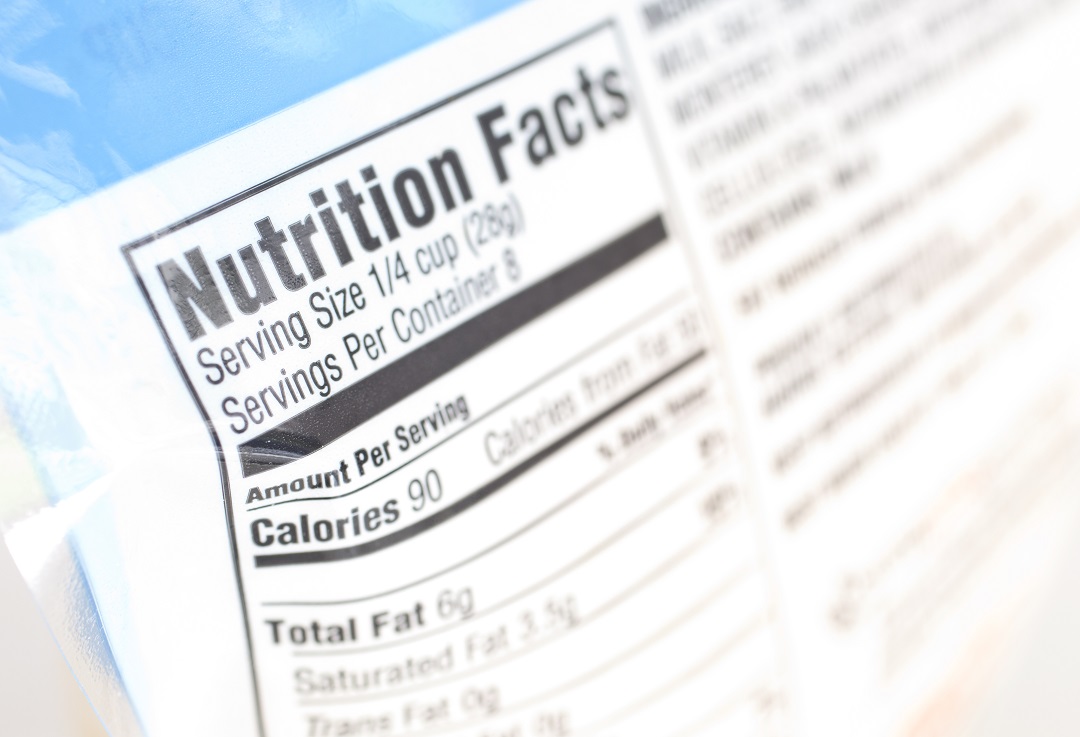
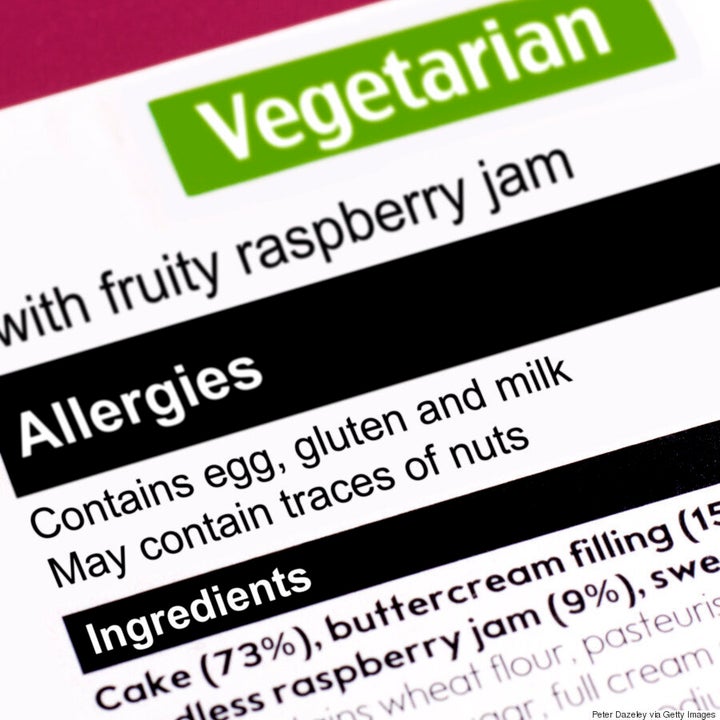


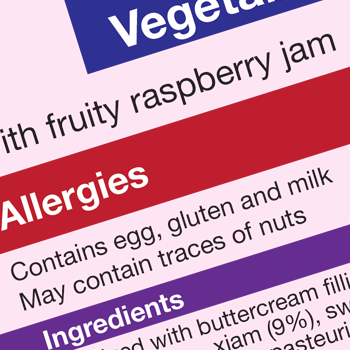

Post a Comment for "40 allergens required on food labels"